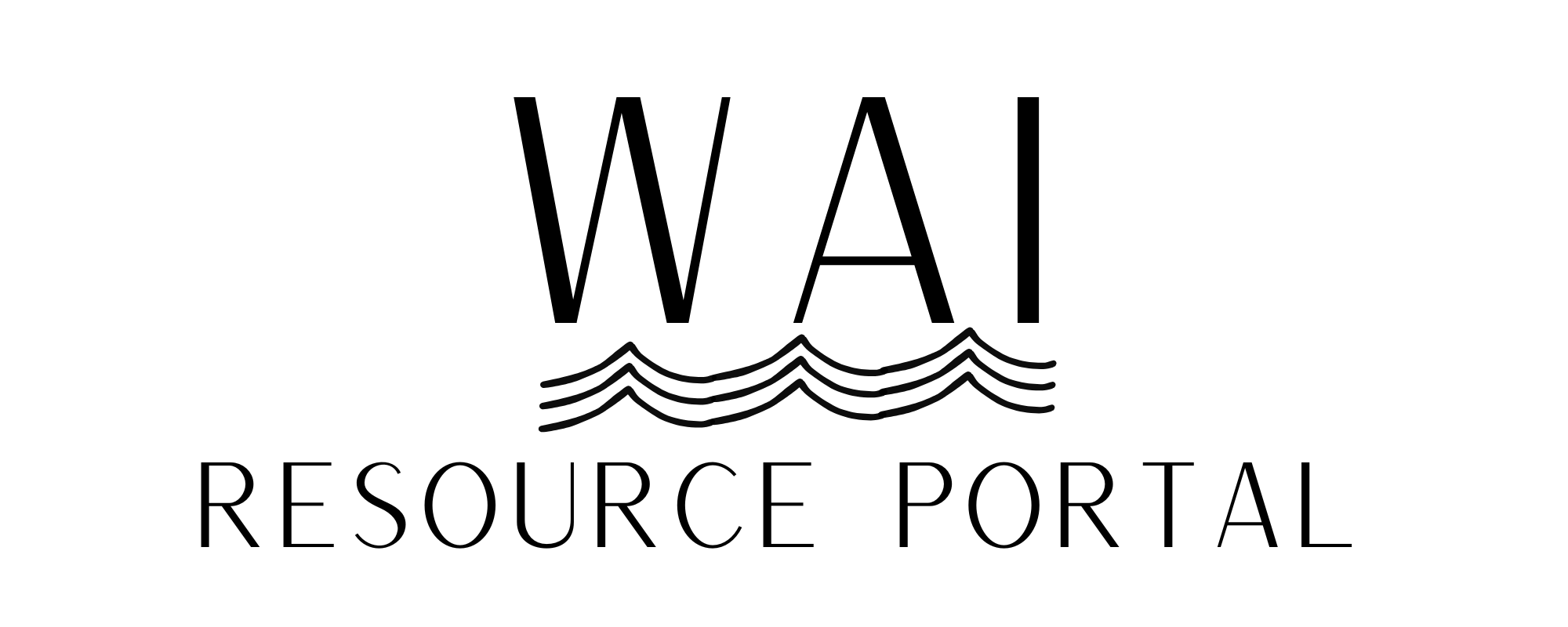30-Year Lease
Background
East Maui is on the windward side of the island and thus receives the brunt of moisture-laden trade winds, resulting in high rainfall. Sugar plantations require lots of water and so they begin diverting many East Maui streams in the 19th century, transporting the water to the central area where most sugar cane was grown. The legal arrangement between the Hawai’i Kingdom, and later, the Hawai’i Territory was not formal and thus largely unregulated. As the Territory grew, A&B realized that it needed a more formal arrangement and requested a long term lease from the Territory in 1939. The long term lease never came about but a series of short term licenses to harvest water from four East Maui hydrological zones became the main legal mechanism for A&B to transport water from east to central Maui.
After Statehood in 1959, public trust principles reemerged. In 1973, the Hawai‘i Supreme Court decided the seminal case of McBryde Sugar Co. v. Robinson. In that case, the court examined the history of water as a public trust resource under Hawaiian Kingdom law, and found that the same principles applied: water could not be privately owned. Subsequent case law reaffirmed that water is indeed a public trust resource, despite the State’s continued management of it as a commodity.
The 1978 Constitutional Convention formally established water as a public trust resource. Article XI Section 1 states, “all public natural resources are held in trust by the State for the benefit of the people.” Article XI Section 7 created the water commission to fulfill the State’s duties to “protect, control and regulate the use of Hawai‘i’s water resources for the benefit of its people.” The Constitution further requires the State to “protect all rights, customarily and traditionally exercised for subsistence, cultural and religious purposes and possessed by ahupua‘a tenants who are descendants of native Hawaiians who inhabited the Hawaiian Islands prior to 1778, subject to the right of the State to regulate such rights.” Under these laws, the Hawai‘i Supreme Court has affirmed and clarified the scope of the State’s obligation to protect Native Hawaiians’ access to water resources for the perpetuation of cultural practices.
As Hawai’i water law became more formalized A&B and EMI (East Maui Irrigation), as well as the State Board for Land and Natural Resources (BLNR) were forced by the courts to honor the intent and purpose of water as a trust resource. This means the annual rubber stamp operation of renewing leases for EMI to harvest East Maui water had to change, and part of that change was that EMI had to issue an EIS (Environmental Impact Statement) and the BLNR had to move towards a long term lease rather than annual Revocable Permits.
Just as this was happening, A&B decided to sell most of its Central Maui lands—once used for sugar—and 50% of EMI to Mahi Pono, an out-of-state corporation owned by the Canadian Public Sector Pension Investments Pension Fund. $62 million of the $262 million sale was contingent upon A&B securing a long-term water lease, making it in their best interest to push this lease through, regardless of the community’s needs.
It was one thing for the Maui public to deal with A&B and EMI, both locally owned, but now close to a billion gallons of water every year was under the control of a company, Mahi Pono, that is not only not local, they are not even a US company and their primary interest is making money for a pension fund. The public was aghast at this turn of events which resulted in a 2022 ballot measure, and the formation of the East Maui Regional Water Authority, the purpose of which is to get East Maui water under the control of the community rather than Mahi Pono.
Current Situation
At the time of this writing (January 2025), EMI and Mahi Pono want to move forward with the long-term (30 year) lease of water. The BLNR also wants to move the 30-year lease forward. EMRWA, and the public, are against a 30-year lease if it goes to EMI and Mahi Pono. EMRWA is negotiating with EMI and the BLNR on possible arrangements that will satisfy the needs of all the parties. EMRWA is also looking into other remedies to give Maui residents more control over our water.
Further Reading….
A major legal development for East Maui water rights and bringing EMI, A&B, and the BLNR into compliance with the law was the Carmichael Case. The timeline and associated documents are on this website.
The East Maui Regional Water Authority (EMRWA) is described here.
To sign up for notification of meetings, new and events related to the 30-year lease, go to our Registration page.
